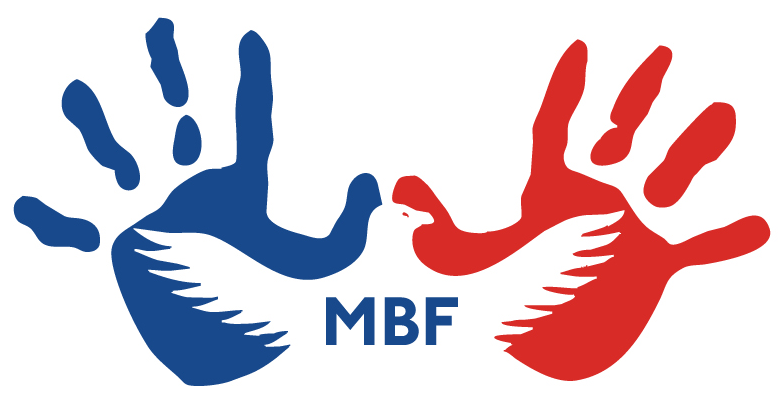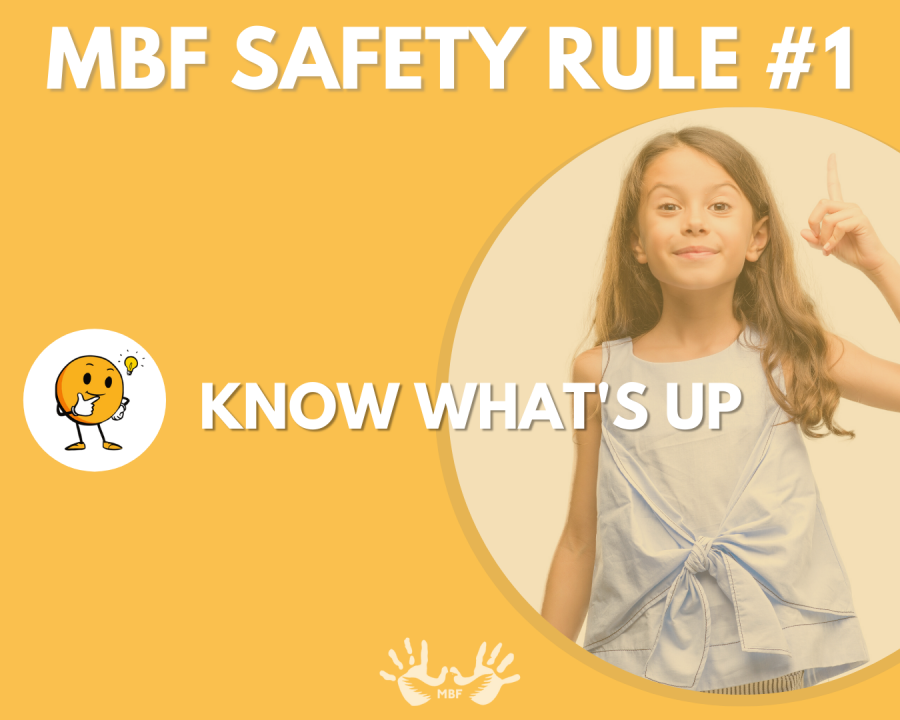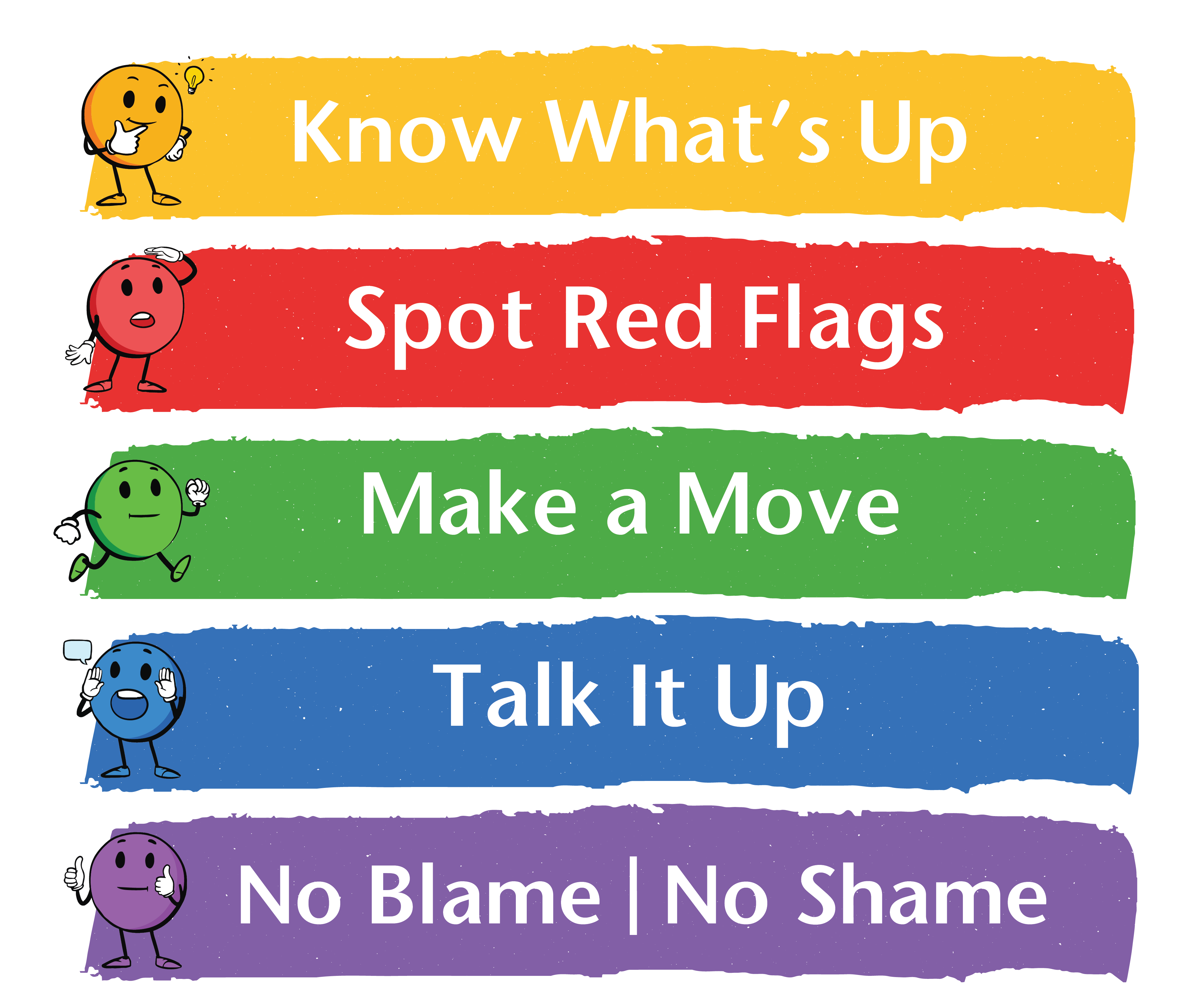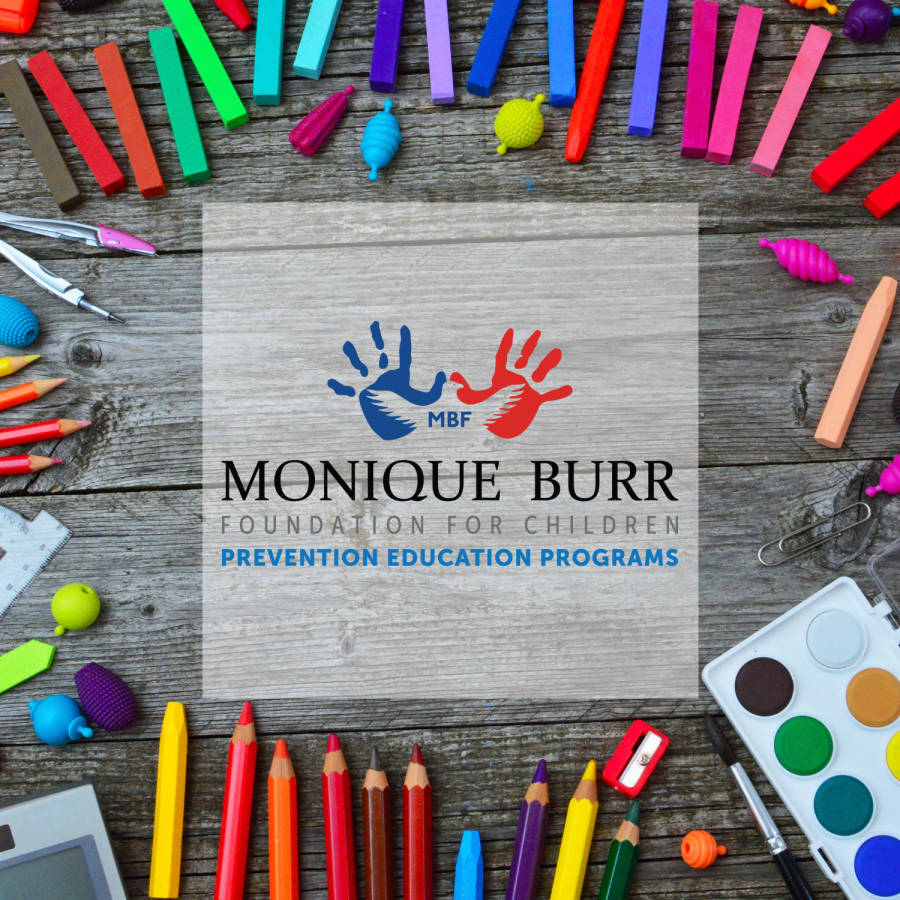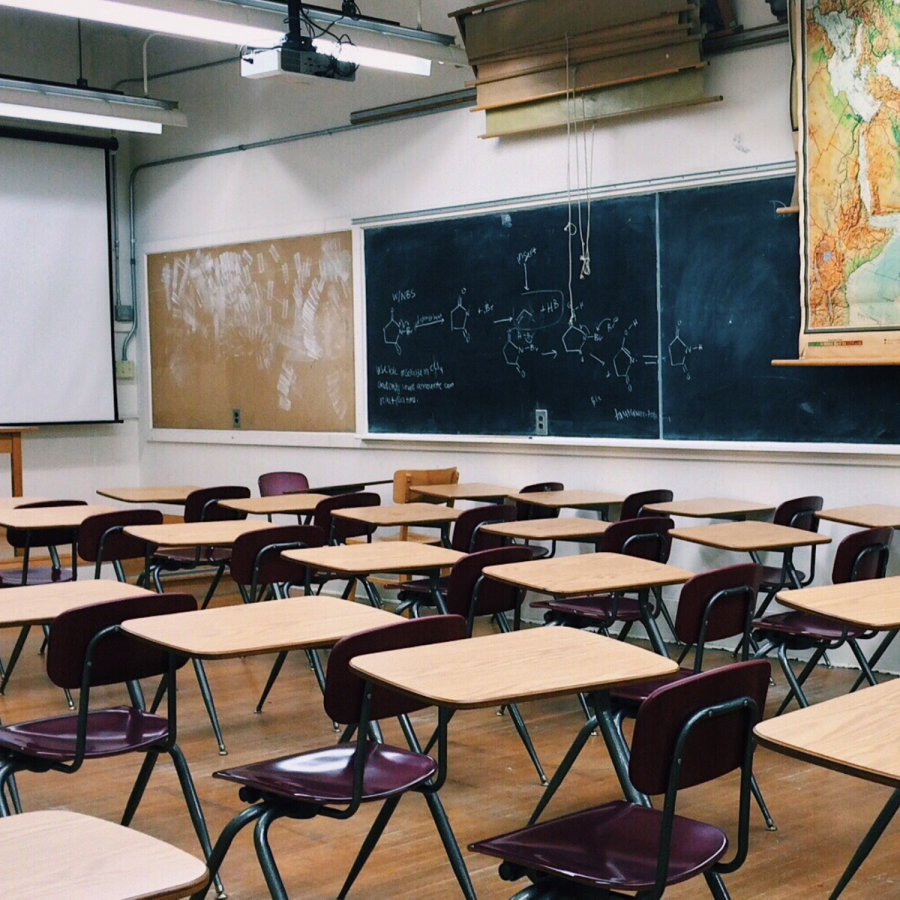Children in the United States suffer higher rates of victimization and crime than adults. Because of this, the Monique Burr Foundation for Children (MBF) is committed to providing quality prevention education programs that help keep children and youth safe from all types of victimization. The MBF Prevention Education Programs are a series of comprehensive, research-based/informed, primary prevention program that educates and empowers students and all relevant adults with information and strategies to prevent, recognize, and respond appropriately to bullying, cyberbullying, all types of child abuse, online dangers, exploitation, human trafficking and other types of child victimization. The foundation of these programs is the MBF 5 Safety Rules© that children and youth can apply to a variety of situations to help adults keep them safe.
MBF Safety Rule #1 – Know What’s Up
For youth, Safety Rule #1 – Know What’s Up means knowing vital personal information: their home address, parents’ or guardians’ full names and phone numbers, knowing what to do in an emergency, and having a family password that can be used if someone ever needs to pick them up from school because of an emergency.
Knowing What’s Up also means developing an awareness, and common vocabulary, of the types of victimization children are likely to be exposed to. Here are some definitions and resources to help you Know What’s Up:
- Bullying has a legal definition that requires the behavior be repeated, intentional, and involves an imbalance of Power (real or perceived).
- Cyberbullying is repeated, threatening, or harassing behavior that occurs online via the Internet, cellphone, or using other digital technology.
- Abuse is defined as any willful act, or threatened act, that results in any physical, mental, or sexual injury or harm, that causes, or is likely to cause, the child’s physical, mental, or emotional health to be significantly impaired and includes four types:
- Physical Abuse is when someone intentionally hurts a child’s or teen’s body by hitting, punching, kicking, shaking, or other acts. Physical abuse can leave injuries like bruises, broken bones, and scratches.
- Emotional Abuse is when children or teens are repeatedly told harmful or hateful things.
- Neglect is when a child is not getting what he or she needs to be healthy and safe.
- Child Sexual Abuse is when someone touches, talks about, shows, or takes pictures of a child’s private body parts.
- Relationship Abuse occurs when one person in a relationship tries to dominate and control the other person, is emotionally abusive, or is physically abusive.
- Digital Safety involves helping children and youth stay safe in the ever-expanding digital world, what to NOT share online, and how to deal with strangers online who are not always who they say they are.
- Digital Citizenship refers to the norms of appropriate, responsible technology use, how children and youth create a digital footprint, and how it impacts their digital reputation well into their future.
It is important for children and youth to learn prevention strategies to help protect themselves from all types of victimization. Check with your child’s school to see what type of prevention/safety program they may be using.
Want to know even MORE?
As a parent, professional, or community member, it is important to know the 5 Safety Rules that will help you protect children. MBF offers parents, professionals, and concerned community members a variety of resources to help protect children:
- Visit Online Training to take any of our free, one-hour online courses to learn more about pertinent topics related to child safety:
- Recognizing and Reporting Child Abuse/Neglect
- Real-World Safety: Protecting Children Online and Off from Bullying, Cyberbullying, and Digital Abuse
- Protecting Children from Child Sexual Abuse
- Preventing, Recognizing, and Responding to Human Trafficking
- Download the “Child Safety Matters” app at no cost from the App Store or Google Play to learn about the 5 Safety Rules and how to become a champion for children.

